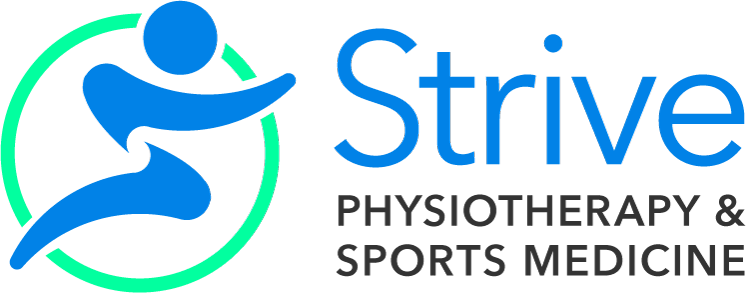What is TMJ Myalgia (Muscle Pain)? TMJ Myalgia is a group of conditions relating to muscles of the jaw. Myalgia comes from 2 Greek words: ‘myos’ meaning ‘muscle’ and ‘algos’ meaning ‘pain’, hence the description of muscle pain.
There are 3 classifications of myalgia:
1) Local Myalgia
- Pain on palpation or pressure of jaw muscles, local to where the fingers are pressing
2) Myofascial pain with spreading
- Myofascial = Greek word ‘myos’ (muscle) + Latin word ‘fascia’ (string or band)
- Pain on palpation or pressure of jaw muscles, local to where the fingers are pressing AND spreading outward but within the anatomical borders of that muscle
3) Myofascial pain with referral
- Pain on palpation or pressure of jaw muscles, local to where the fingers are pressing AND spreading outward beyond the anatomical borders of that muscle
What Can Cause TMJ Myalgia (Muscle Pain)?
One big contributing factor to TMJ muscle pain are things called parafunctions of the jaw. These include any activities or movements not related to mastication (chewing), deglutition (swallowing), or speech. Things like clenching, nail biting, gum chewing, pencil biting, and lip pursing are all examples of parafunction. The muscles of the jaw are made for chewing, swallowing, and speech, but the addition of parafunctions throughout the day act like a type of ‘workout’ for these muscles. This can create excessive tension and tightness due to the overwork – imagine doing a workout of your bicep everyday, multiple times a day for prolonged periods. This would make the muscles sore, tired, and irritable. The exact same premise relates to the jaw, with these parafunctions adding on stress and strain to the muscles of the jaw.
Facial trauma, facial/dental surgery, and stress can all be additional contributors to myalgia. Oftentimes the onset of parafunctions in your day come on during times of stress or anxiety, with many parafunctions being a type of stress ‘soother’.
Common Signs and Symptoms of TMJ Myalgia (Muscle Pain)?
- Pain over the jaw and surrounding muscles
- Pain with chewing, mouth opening or yawning
- Feeling of tension/tightness around the mouth or jaw
- Ear pain, fullness in the ear, ear aches
- Neck/shoulder related pain and stiffness
- Pain with kissing/intimacy
- Clenching/grinding of teeth (overnight or during times of stress)
How can Physiotherapy Help With TMJ Myalgia (Muscle Pain)?
Great news, with TMJ Myalgia being primarily caused by muscular dysfunction or pain, physiotherapists are perfectly equipped to help treat this condition and guide you along the path to recovery. A tight/tense muscle can become less tight/tense, and a weak muscle can get stronger – simple solutions to often complex pain.
Physiotherapists are able to perform a muscular examination to determine which muscles are involved and feeding into the pain problem, and can subsequently treat and help improve the angry muscles in question. There are various ways to address tight and tense muscles. Massage is a type of release via pressure through the sore and tight areas to help improve resting muscle tension and another. Along with typical massage outside of the mouth, it is within the physiotherapist’s toolbox to include intra oral massage. This is release of muscles via massage through the inside surface of the mouth (gloved up of course). Intra oral massage is a great way to address muscles via massage that are not easily accessible from the outside surfaces of the face or jaw. Dry needling or IMS is effective in directly providing release of muscles through needle stimulation. This is fantastic in providing tension release but also reducing sensitivity of the surrounding structures too.
What Exercises Can I do at Home?
Specific exercises which are helpful for one TMJ pathology may irritate another. However, breathing control and tongue positioning will decrease joint tension. Place your tongue gently on the roof of your mouth behind your front teeth. Swallow and breathe in this position. Say “Now” “Never” (and repeat). This habit will replace jaw clenching. Try doing the alphabet with your tongue. If you make it to H you are doing great! Check out these exercises if you are ready to try a few more.
TMD Home Exercise Program
Please keep in mind that these exercises were designed as a place to start to address your symptoms. These exercises should not be performed or continued if they cause or increase your pain in any way. Using these exercises for self-management of your symptoms does not replace the value of being assessed by a Health Professional. If you find you need help, let a Strive Health Professional help you, book your time today!

Patrick Quimio
PT, MScPT, BKin
Registered Physiotherapist, FCAMPT
Originally from the prairies, Patrick completed his Bachelor of Kinesiology at the University of Manitoba. Because of his interest in musculoskeletal anatomy and physiology, he moved out East to complete his Master of Science in Physical Therapy at the University of Toronto. Since then, he has lived and trained in Winnipeg and Vancouver, completing various continuing education courses in: orthopaedics, exercise prescription, dry needling, acupuncture, manipulation, and therapeutic cupping.


